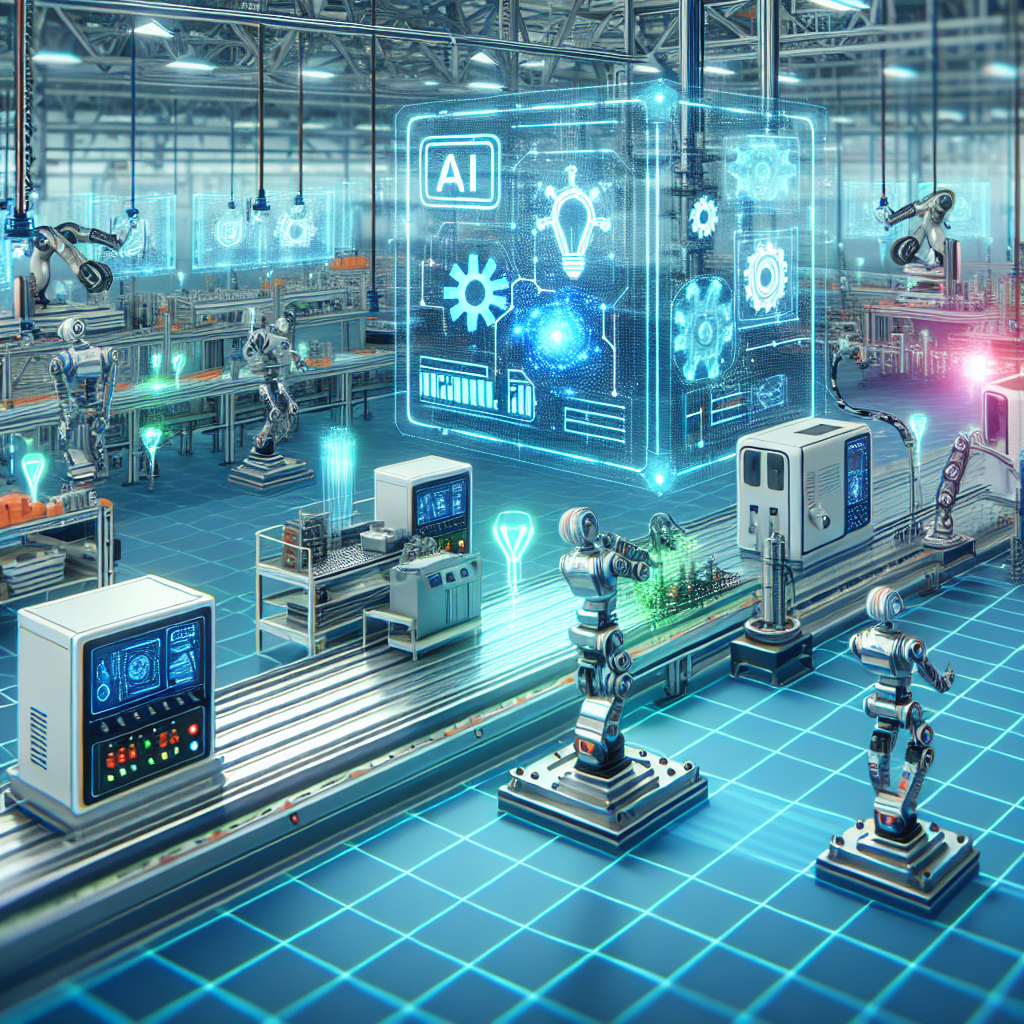The Future of AI-driven Digital Twin Technology in Manufacturing
Digital twin technology is revolutionizing the manufacturing industry by creating virtual replicas of physical assets and processes. These digital twins use real-time data and advanced analytics to simulate and predict the behavior of their physical counterparts, enabling manufacturers to optimize operations, improve efficiency, and reduce downtime. With the integration of artificial intelligence (AI) into digital twin technology, the potential for innovation and transformation in the manufacturing sector is immense.
AI-driven digital twins leverage machine learning algorithms to analyze vast amounts of data from sensors, IoT devices, and other sources to generate insights and recommendations. These intelligent systems can detect anomalies, predict failures, and optimize performance in real-time, enabling manufacturers to make data-driven decisions and take proactive measures to address issues before they escalate.
The combination of AI and digital twin technology is expected to drive significant advancements in the manufacturing industry in the coming years. Here are some key trends and developments that will shape the future of AI-driven digital twin technology in manufacturing:
1. Predictive Maintenance: One of the most significant benefits of AI-driven digital twins is their ability to enable predictive maintenance. By analyzing historical data and real-time sensor readings, these intelligent systems can predict when equipment is likely to fail and recommend maintenance actions to prevent downtime. This proactive approach to maintenance can save manufacturers time and money by avoiding costly repairs and unplanned downtime.
2. Autonomous Manufacturing: AI-driven digital twins have the potential to enable autonomous manufacturing processes by monitoring and controlling equipment and operations in real-time. These intelligent systems can optimize production schedules, adjust settings, and make decisions autonomously to maximize efficiency and productivity. By leveraging AI-driven digital twins, manufacturers can achieve higher levels of automation and efficiency in their operations.
3. Virtual Prototyping: AI-driven digital twins can also be used for virtual prototyping to simulate and test new product designs and manufacturing processes. By creating virtual replicas of products and production lines, manufacturers can identify potential issues, optimize designs, and reduce time-to-market. This virtual prototyping capability can significantly accelerate the product development process and enable manufacturers to bring new products to market faster.
4. Supply Chain Optimization: AI-driven digital twins can also be applied to optimize supply chain operations by tracking and analyzing the flow of materials, components, and finished products. By simulating different scenarios and predicting demand fluctuations, manufacturers can optimize inventory levels, reduce lead times, and improve overall supply chain efficiency. This enhanced visibility and control over the supply chain can help manufacturers reduce costs and improve customer satisfaction.
5. Personalized Manufacturing: AI-driven digital twins can enable personalized manufacturing by creating individualized product designs and production processes based on customer preferences and requirements. By leveraging AI algorithms and real-time data, manufacturers can customize products to meet specific customer needs, preferences, and specifications. This personalized manufacturing approach can enhance customer satisfaction, increase brand loyalty, and drive competitive advantage in the marketplace.
FAQs:
Q: What is a digital twin?
A: A digital twin is a virtual replica of a physical asset or process that uses real-time data and advanced analytics to simulate and predict behavior.
Q: How does AI-driven digital twin technology work?
A: AI-driven digital twins leverage machine learning algorithms to analyze data from sensors, IoT devices, and other sources to generate insights and recommendations for optimizing operations.
Q: What are the benefits of AI-driven digital twins in manufacturing?
A: AI-driven digital twins enable predictive maintenance, autonomous manufacturing, virtual prototyping, supply chain optimization, and personalized manufacturing.
Q: How will AI-driven digital twin technology shape the future of manufacturing?
A: AI-driven digital twins are expected to drive significant advancements in predictive maintenance, autonomous manufacturing, virtual prototyping, supply chain optimization, and personalized manufacturing in the manufacturing industry.
In conclusion, the future of AI-driven digital twin technology in manufacturing is bright, with the potential to revolutionize operations, increase efficiency, and drive innovation. By leveraging the power of artificial intelligence and advanced analytics, manufacturers can optimize processes, reduce downtime, and deliver personalized products to meet customer demands. As the technology continues to evolve and mature, we can expect to see even greater advancements in predictive maintenance, autonomous manufacturing, virtual prototyping, supply chain optimization, and personalized manufacturing in the years to come.

